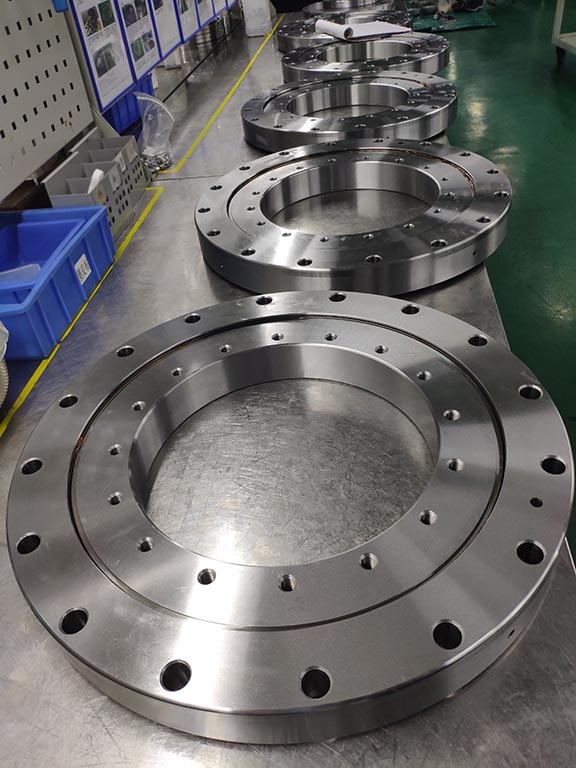(1) Excitement caused by changes in the number of loaded rolling elements: When a radial load is loaded on a certain bearing, the number of rolling elements carrying the load will change slightly during operation, which causes a shift in the load direction .
(2) Partial damage: Due to incorrect operation or installation, a small part of the bearing raceway and rolling elements may be damaged. During operation, rolling over damaged bearing components generates specific vibration frequencies. Vibration frequency analysis identifies damaged bearing components.
(3) Accuracy of related parts: In the case of a tight fit between the bearing ring and the bearing housing or the transmission shaft, the bearing ring may be deformed by matching the shape of the adjacent parts. If deformed, vibrations may occur during operation.
(4) Pollutants: If it operates in a polluted environment, impurities may enter the bearing and be crushed by the rolling elements. The degree of vibration produced depends on the number, size and composition of the crushed foreign particles. Although it does not produce a typical frequency pattern, a disturbing noise can be heard.


